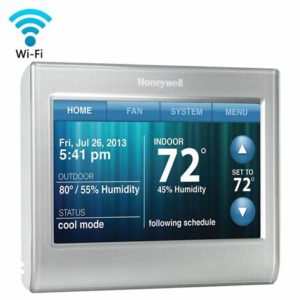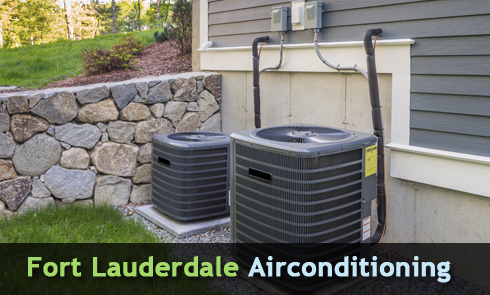 Thermostats have a long history and indeed they have come a long way. They started off and manual dial models, advanced to programmable thermostats, and now we have smart thermostats. The smart thermostats are capable of learning your habits and incorporate both voice control and Wi-Fi connectivity.
Thermostats have a long history and indeed they have come a long way. They started off and manual dial models, advanced to programmable thermostats, and now we have smart thermostats. The smart thermostats are capable of learning your habits and incorporate both voice control and Wi-Fi connectivity.
If you want to enhance energy savings, convenience, and comfort in your home, implementing the newest thermostat technology into your household should not be a debatable issue.
Voice-Controlled Thermostat Technology
Smart home technology is becoming more available in American homes, as the cost of acquisition becomes more and more flexible. According to research, 25% of US households were using smart home technology in 2016. By the year 2021, this percentage is expected to hit over 60.
Among the voice-activated systems that can control a wide range of devices in your home such as music, lighting, and security systems are Amazon Alexa and Google Home. Certain models of thermostats can also be integrated into these voice-activated systems thereby allowing you to control the temperatures in your home without necessarily getting up and walking to the thermostat.
All you need to do is initiate the system and then give the command. For instance, you can say “make it warmer” and the system will automatically raise the indoor temperature.
If you don’t have integrated smart home systems, you can benefit from standalone voice-activated Wi-Fi thermostats. Lyric thermostat from Honeywell is one such Wi-Fi thermostat that comes complete with voice control.
Improving Convenience
Since smart home technology is becoming established, HVAC manufacturer are coming up with new technologies to push the envelope with respect to comfort and convenience.
Through voice control and Wi-Fi connectivity, homeowners are treated to a convenient lifestyle like never before and a level of interactivity with their HVAC equipment that improves their overall satisfaction.
Wi-Fi connectivity allows you to access and control your home comfort right from your smartphone. There are branded apps to help you in that. In addition to the convenience and comfort provided by voice control, safety is also a priority for these systems.
For instance, integrated systems can communicate with one another and help in detecting issues within your home. If the anomalies go beyond a certain threshold, the systems can shutdown automatically to improve safety.
A good example is the Nest products such as the carbon dioxide detector. When high levels of carbon dioxide are detected, the CO2 detector communicates with the thermostat to shut down the entire HVAC system.
Lots of high tech thermostats are still in the pipeline. These are aimed at capitalizing on the platform of integrated systems to give homeowners even more convenience and comfort.





